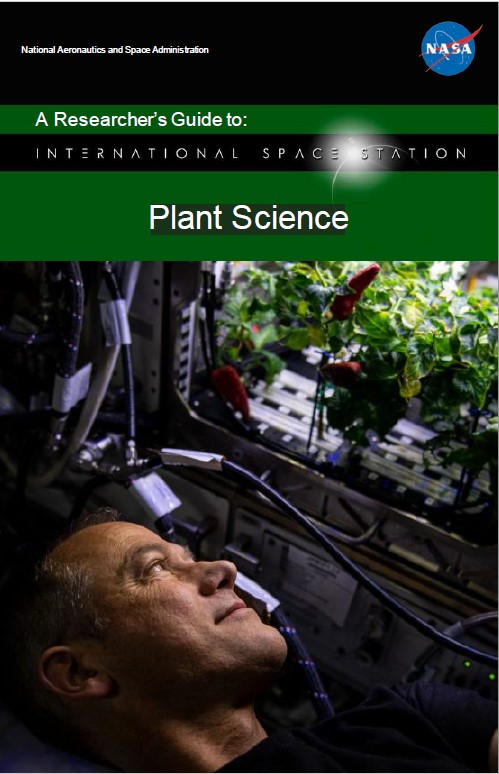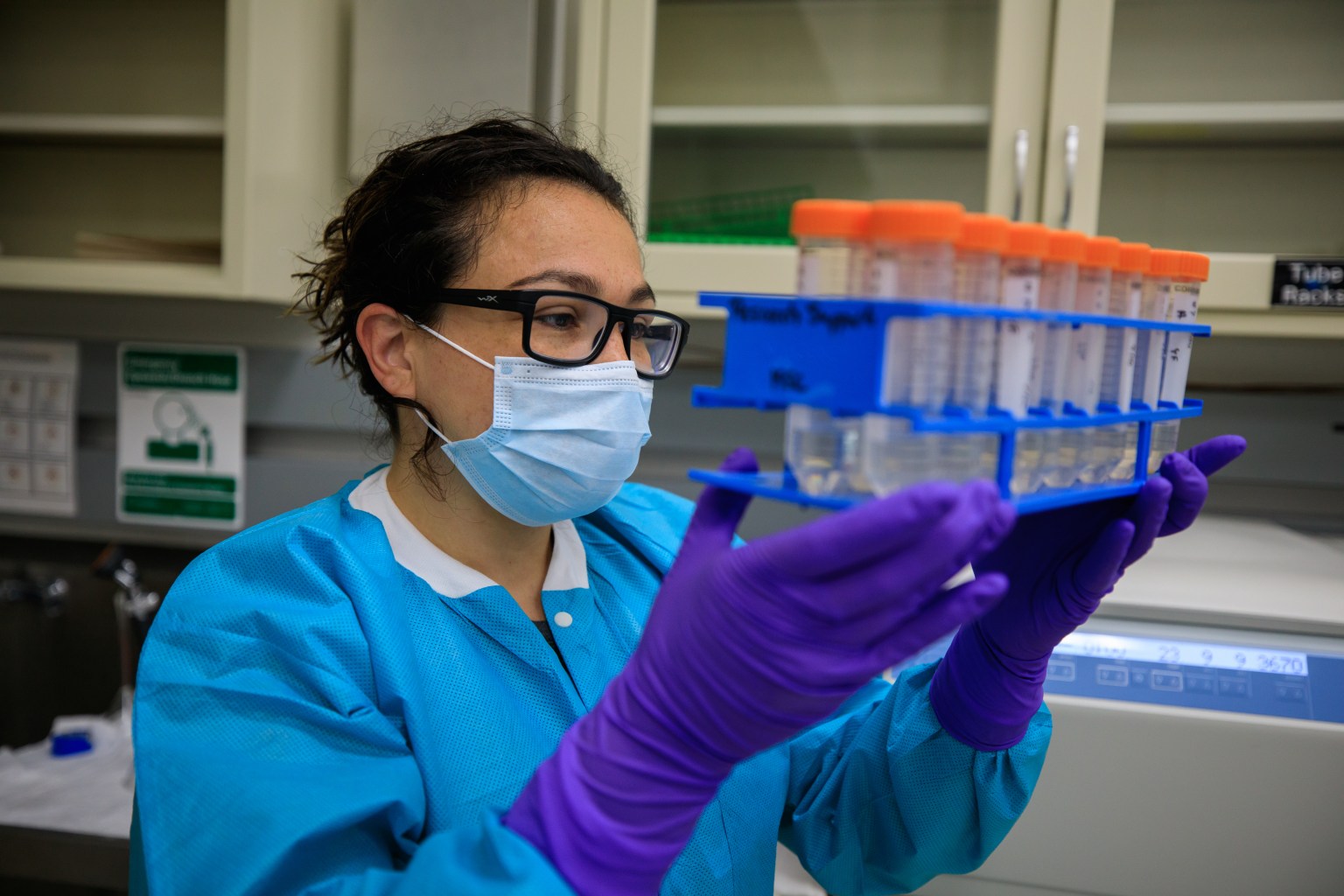March 2023 Edition
By Elison B. Blancaflor, Ph.D.
Raymond M. Wheeler, Ph.D.
Gioia Massa, Ph.D
Jeff T. Richards, M.S.
Charles D. Quincy, PE
Howard G. Levine, Ph.D.
Advances made during decades of spaceflight experimentation have identified critical gaps in our understanding of the role of gravity and the spaceflight environment on plant biology at the cellular, tissue, whole plant, and community levels.
The International Space Station is a unique platform where reduced gravity can be used to probe and dissect biological mechanisms in plants for understanding how terrestrial biology responds to gravity. This knowledge is important for supporting safe and long-term human habitation in space using bioregenerative life support with plants and microbial communities in space. This knowledge can also be applied to reducing exploration risks to crews by designing countermeasures to problems associated with living in space. In addition, scientists can investigate how plants respond to reduced gravity environments on the moon and Mars.
This researcher’s guide provides information on the background for plant science research, summarizes previous research, including lessons learned, and provides information on ISS research facilities. Information on what potential investigators should know about conducting research on the International Space Station is also provided.
PDF readers: PDF [1.6 MB]
All eBook readers: (in process)




























